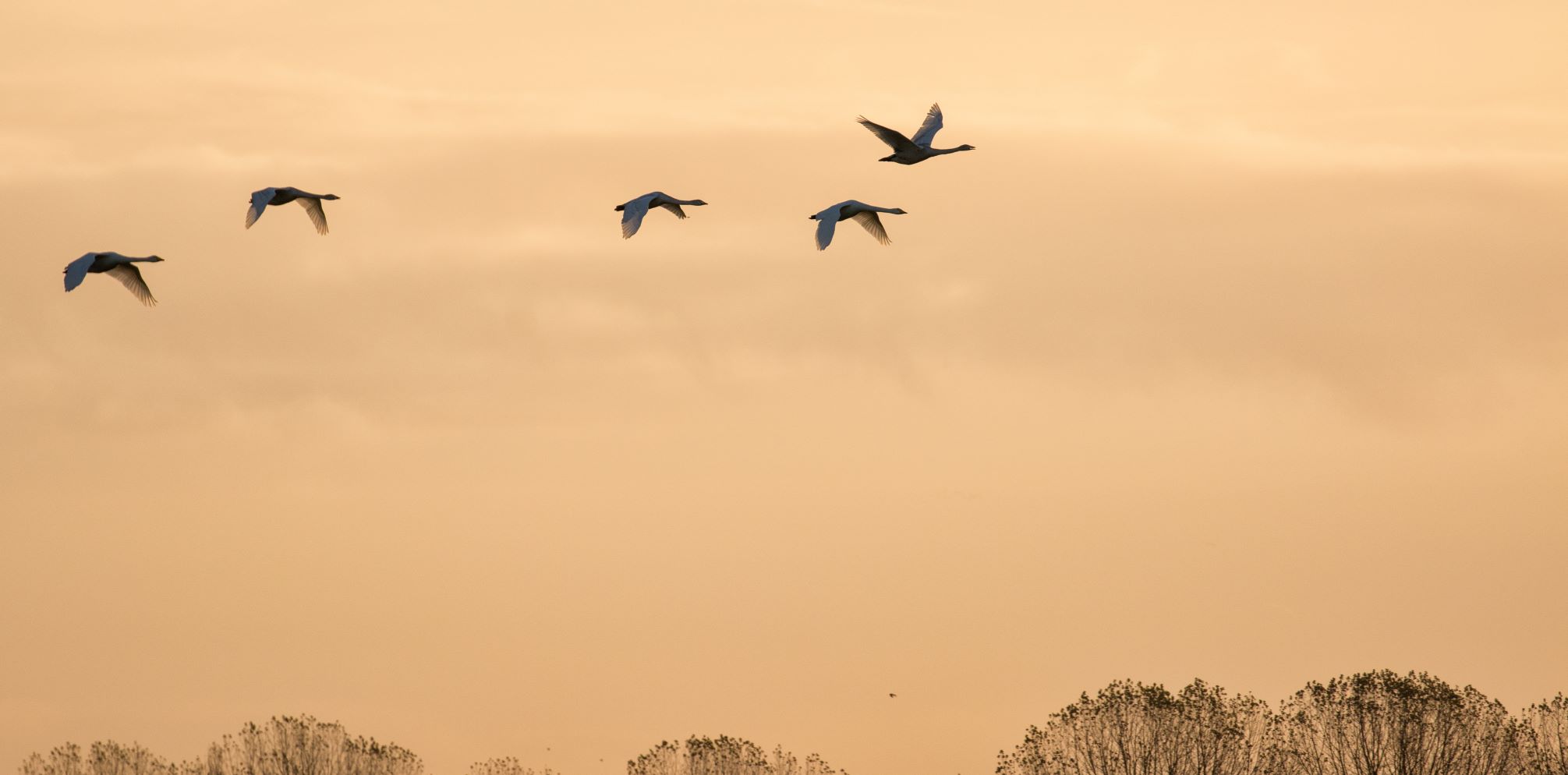
Migration blog (mid February – mid March)
The last few weeks have seen a real mixed bag of weather with flooding, bitterly cold temperatures and several cm of snow across many areas of Britain and Ireland, coupled with a nationwide lockdown this has meant, for many, that bird watching has been limited to gardens and noting what they see whilst out walking.
For some bird species these changing weather conditions have been a challenge, with floods and snow forcing thousand of them to look elsewhere for feeding areas. The cold weather was the biggest driver of this and these cold-weather movements are regularly noted. You only have to go back to 2018 and its famous Beast of the East for the last good example. The last couple of weeks saw freezing conditions spread across western Europe, including Britain and Ireland, and resulted in large movements of birds as they searched for food. The first sign of this cold weather movement was the arrival of relatively large numbers of Woodcock at several coastal sites, some recording high double-figure counts. Unfortunately, several corpses were also found washed up along the eastern coast where birds just hadn’t made it across the North Sea. The BirdTrack reporting rate reflected this influx, even with sites being under-watched due to the lockdown, with the reporting rate jumping from around 1% of complete lists to over 3.5% of lists; not bad for such a master of camouflage. Woodcocks were reported from a range of locations, from the more traditional woodland and hedgerow habitats, to parks and gardens and occasionally fishing boats and town centres, as bird sought out places to roost and feed.
This influx was soon followed by its cousins, the Snipes, with both Common Snipe and Jack Snipe increasingly reported as the cold weather strengthened its grip. Several large flocks of Common Snipe were found as birds congregated together in areas free from snow or around the edges of open water. For many, the real standout birds of the cold weather were Fieldfare and Redwing. Almost overnight the reporting rates for both species shot up as flocks arrived in our towns and cities and, for the lucky, in their gardens as they took advantage of food put out for them or gorged themselves on the remaining berries of ornamental trees and shrubs, stripping them bare and moving on the next. The increase in reporting rate for Fieldfare wasn’t as high as it was during 2018 (reaching only 19.5% of complete lists this year compared to 36% in 2018), but this year's cold weather was more restricted to eastern areas compared to the nationwide snow cover experienced in 2018. Other species seen moving around during the cold weather included Lapwing, Golden Plover, and Skylark, all species often associated with these cold-weather events.
With the lockdown in effect, many of us turned our attention to our gardens and some were lucky to find new birds for their garden lists. These included Blackcap, Reed Bunting, Redpoll, and Siskin. One lucky Dorset resident even found a Northern Mockingbird, an American species that was last recorded in Britain in 1988 and represents the third British and fourth Western Palearctic record, a very rare bird indeed.
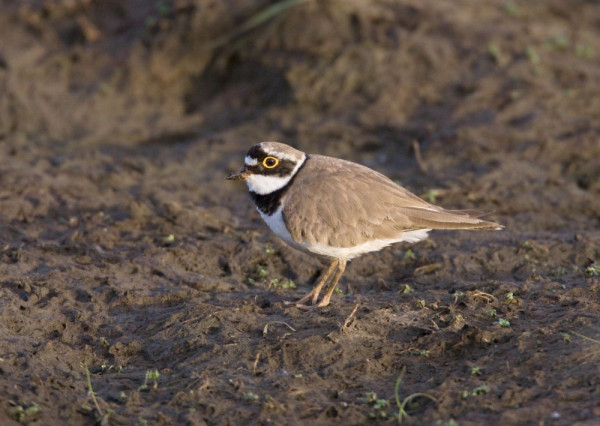
Species Focus - Little Ringed Plover
As its name suggests, the Little Ringed Plover is the smaller relative of the Ringed Plover. However, its breeding habitat is far more likely to be found inland than the Ringed Plover's, which largely builds its nest on undisturbed patches of seaside beaches. The first-ever recorded Little Ringed Plover nest was found at Tring Reservoirs, Hertfordshire in 1938 and since then it has expanded its range as far north as the lowlands of central and eastern Scotland and into Wales. Its preferred nesting sites are still to be found in industrial landscapes such as gravel pits.
It is a summer visitor that begins to arrive from its sub-Saharan wintering grounds in early March. A single ringing recovery from Togo perhaps hints at the wintering location for British Little Ringed Plovers, but it is possible that they could be found anywhere between Senegal and Kenya.
Since 1938 the breeding population in the UK has risen to 1,250 pairs. The breeding population of Ringed Plover, by comparison, is estimated at around 5,500 pairs.
Little Ringed Plover has an enormous breeding range and can be found from the UK all the way eastwards to Japan.
The main driving force of migrations is weather, and especially in early spring this can have a dramatic effect on the timings of migration.
Looking ahead
The coming four weeks will see the first of the winter visitors migrating out of Britain and Ireland as they head to their breeding grounds. We'll also see the first of the early summer migrants that will either breed here or are passing through to destinations further north. The main driving force of these migrations is weather, and especially in early spring this can have a dramatic effect on the timings of migration. A cold spring with unfavourable northerly winds can set some species back a couple of weeks, whilst the opposite can happen with warm settled conditions and a southerly airflow. Looking back again at the cold spring of 2018, several summer migrants arrived almost two weeks later than their historical average. In warmer springs, such as that of 2017, species like Chiffchaff arrived in good numbers about 7-10 days ahead of their usual arrival times.
The first of the winter visitors to depart are Bean Goose and Bewick’s Swan which typically leave at the end of February to head north and east to their breeding grounds in Siberia, a migration that can be staggered as they encounter colder weather en route. As we progress through March, more species will begin to leave Britain and Ireland and these include White-fronted Goose, Pochard, Goldeneye, Whopper Swans, Fieldfare, and Redwing, with the latter being one to listen out for at night as they migrate under the cover of darkness.
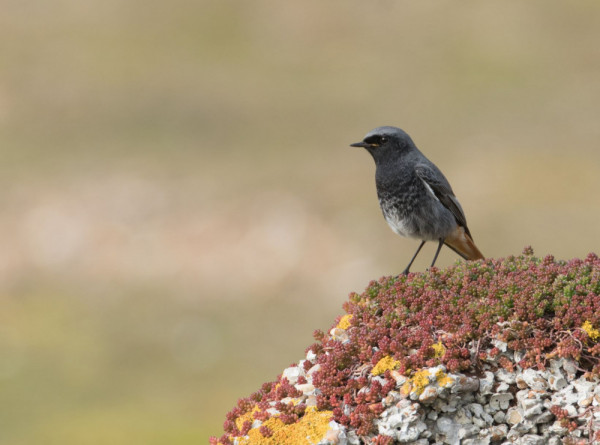
Whilst the first of the winter visitors depart, the vanguard of the summer migrants will begin to arrive. Typically first to arrive are Little Ringed Plover, Black Redstart, Wheatear, Sand Martin, Chiffchaff, and Garganey, all of which hint at what is about to come. Settled warm weather over Southern Europe and Britain can see the first of these species arrive often in large numbers. Black Redstart is a species that can turn up in urban areas as well as typical coastal watchpoints, and is a good one to keep an eye out for in gardens and parks in the coming weeks. With the warming weather you may also be lucky enough to hear the song of an overwintering Blackcap as they practice for the coming breeding season. Similarly, wintering Chiffchaffs can also be heard in song on warm days in late February and early March.
This coming weekend looks to be mild with a strong southerly airflow extending from the Mediterranean and Northwestern Africa and will no doubt provide the first scattering of spring arrivals such as Little Ringed Plover, Garganey or Wheatear. Indeed there have already been reports of Wheatear, Sand Martin, and Swallow in Britain, the latter having most likely wintered in Southern Europe, perhaps Portugal, rather than having arrived from more traditional wintering grounds in Africa. Those species that winter in Africa, such as Cuckoo, have started the long northwards migration and you can follow their progress here.
Any southerly winds over the coming few weeks have the potential to provide the odd rarity or two, with Great Spotted Cuckoo, Alpine Accentor, Alpine Swift, Pallid Swift and Hoopoe all possible given the right weather conditions.



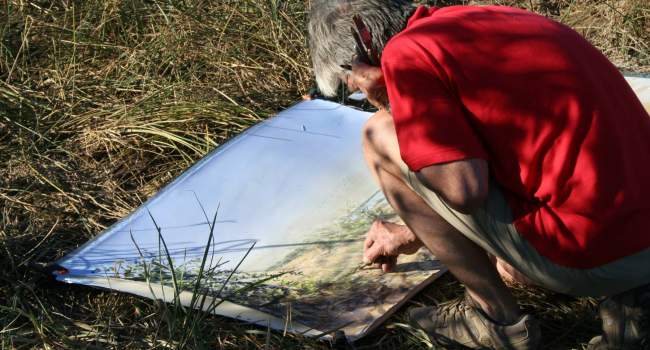
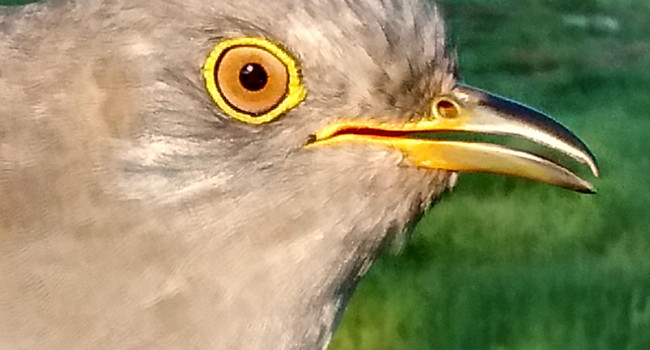


Share this page